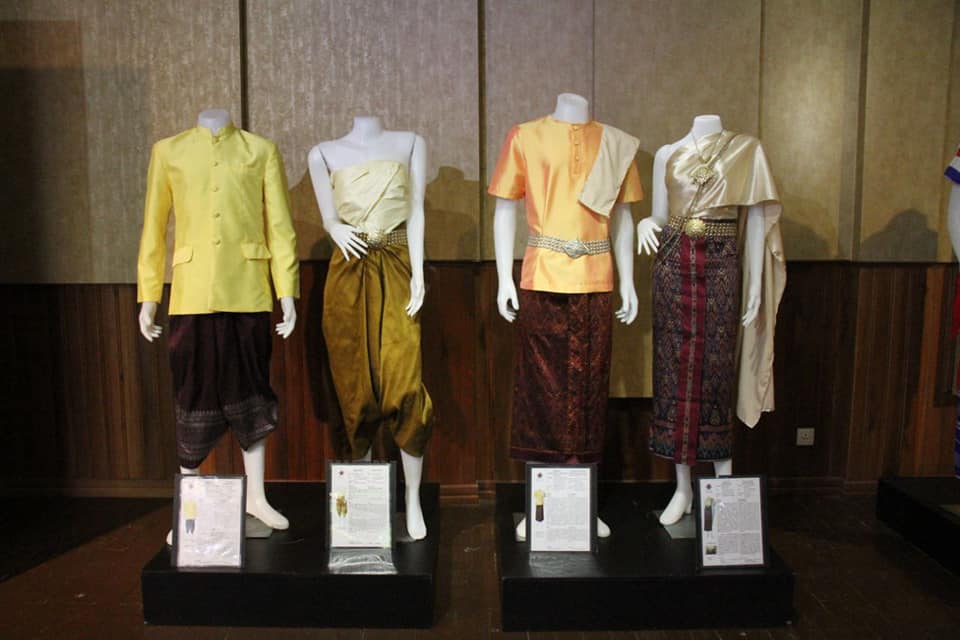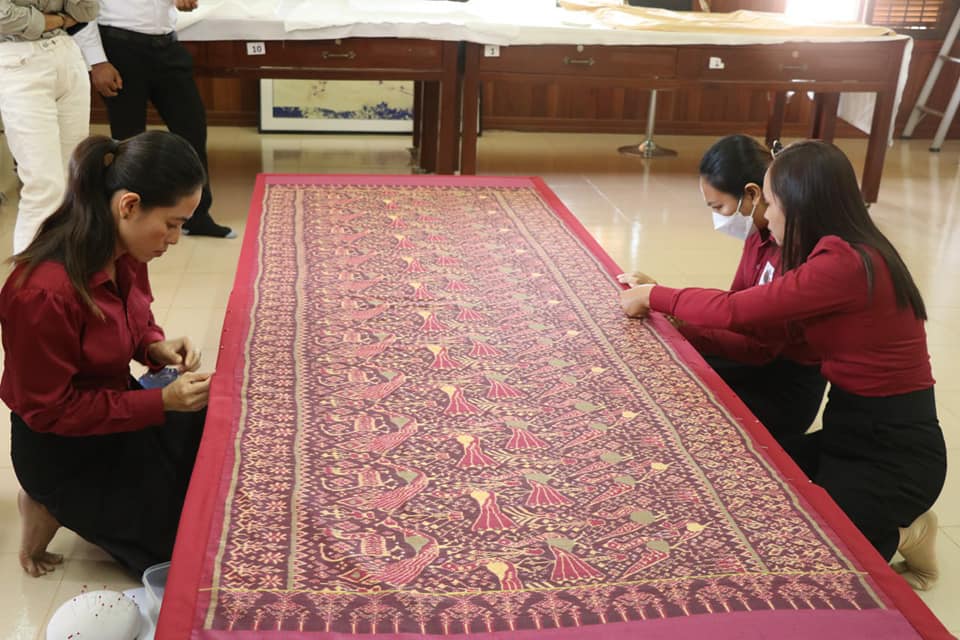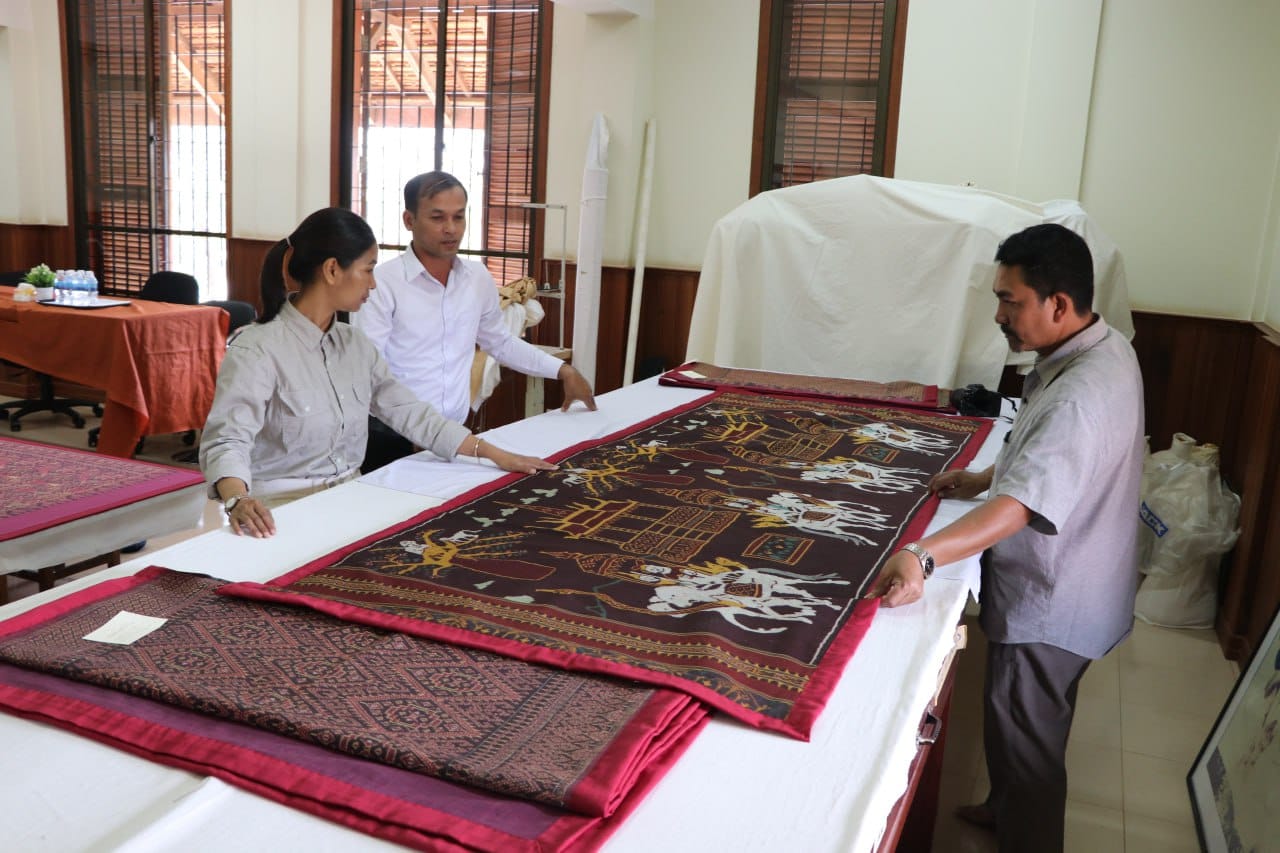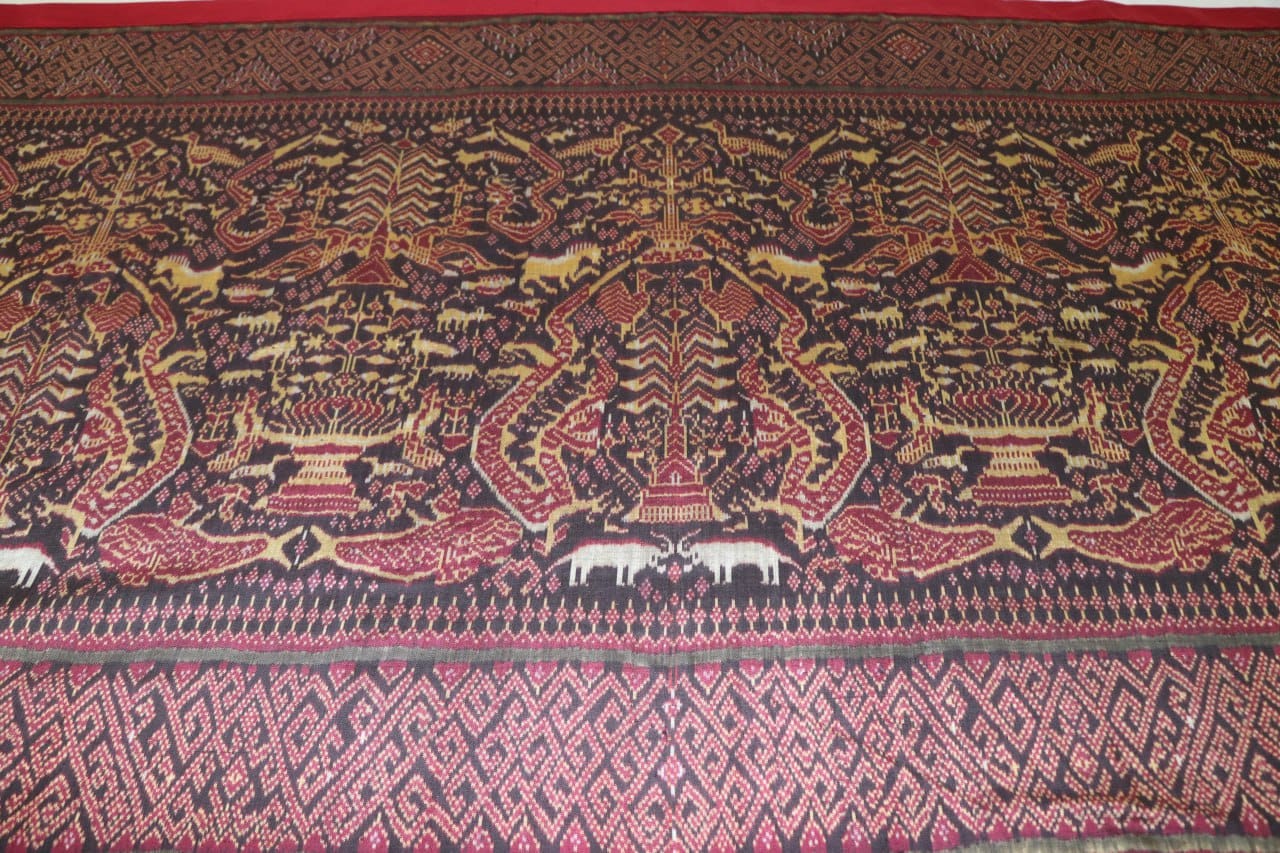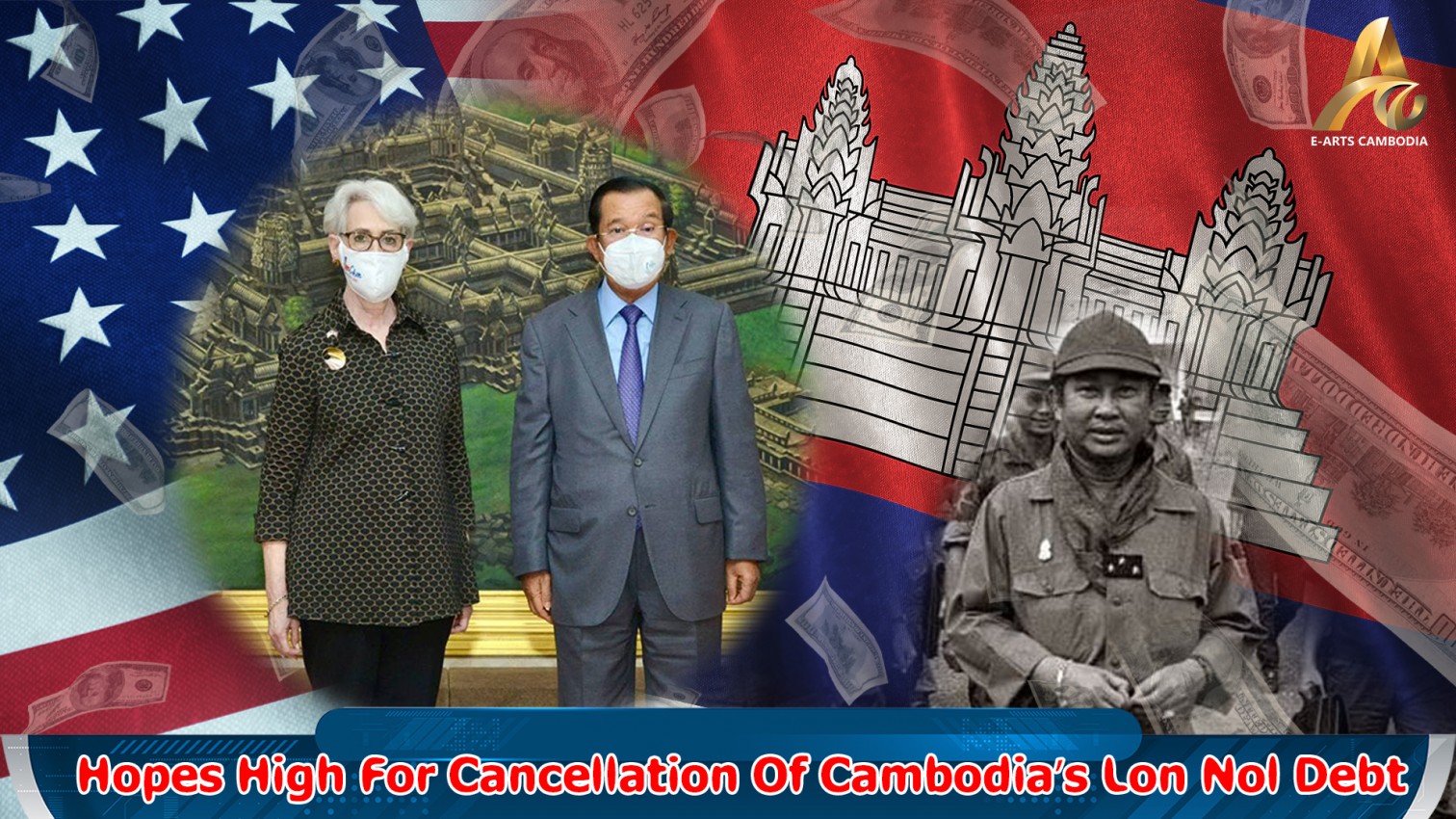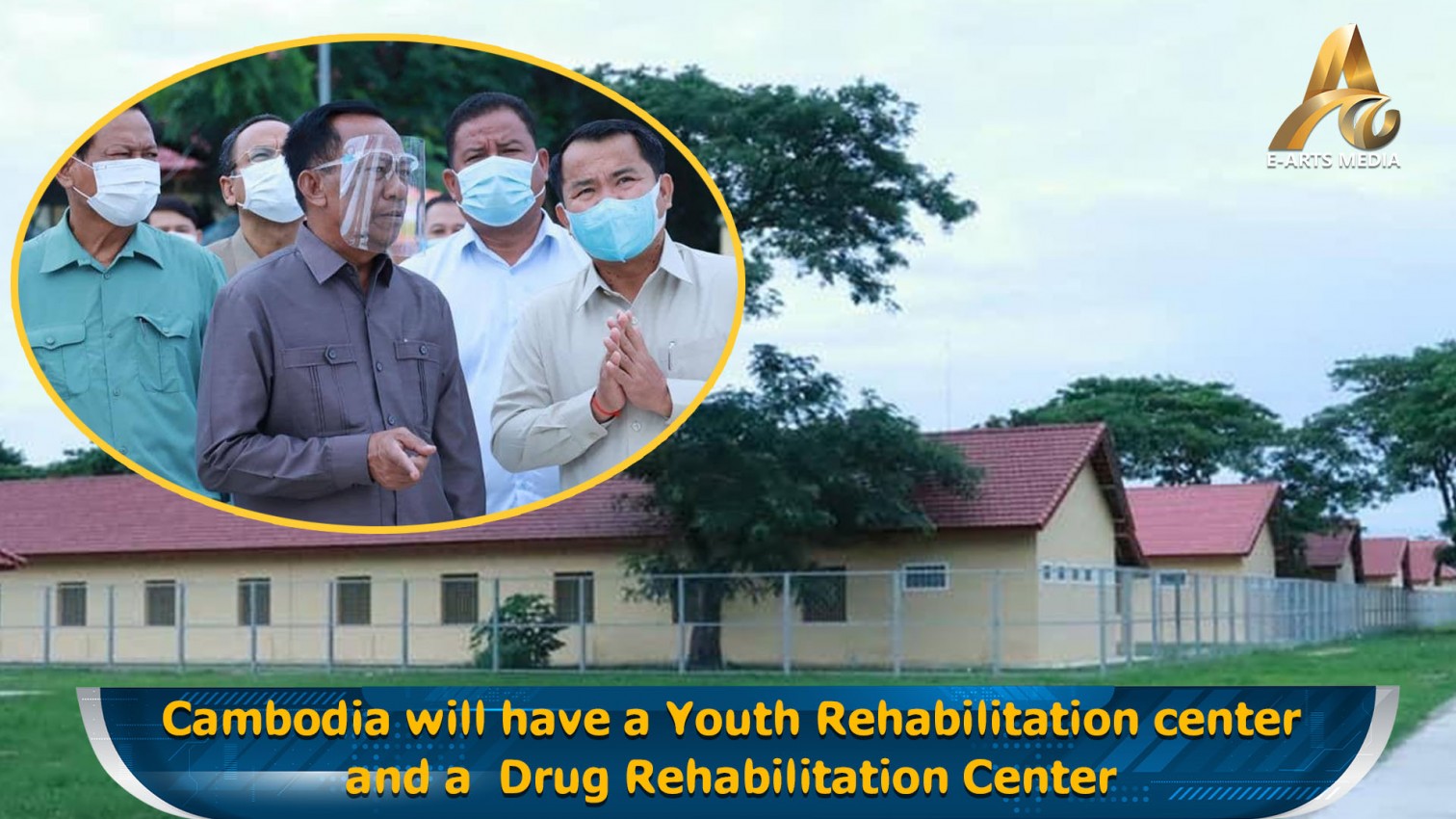11 Collections of Traditional Khmer Silk Weavings to be Unveiled in New Exhibition in Siem Reap
SIEM REAP: The Museum of Asian Traditional Textiles is set to exhibit 11 Cambodian silk products in mid-February 2023. These 11 products include four silk towels, five silk sampots, and two silk ceilings, which were donated by the Khmer Traditional Textile Institute.
According to the Apsara Authority, the display of these valuables is to preserve the art of Khmer silk ceiling weaving, especially as the use of silk ceilings in modern Cambodian society is declining at an alarming rate, and to also show the public, students, and national and international tourists the heritage and works left behind by Cambodian ancestors.
Acting Deputy Director of the MGC Asian Traditional Textiles Museum, Sen Kimsun, said that these collections have a long history with Cambodian ancestors, but were in large part destroyed by the Pol Pot regime and are now less popular, as evidenced by the decline of silk weaving, for example.
Experts on Cambodian tradition and culture explain that the silk ceiling is unique because it has sacred arts associated with religious beliefs. In the past, locals were not allowed to wear or dress in this manner, even though they were newly made. The artwork made on some silk ceilings are also not allowed to be woven for casual wear.
Sen Kimsun stated that the production of each silk ceiling takes a long time and requires a lot of manpower, skillful technique and the use of raw materials made from natural silk fibers and natural dyes from plants, according to traditional techniques. Chemical substances are also not used in the production of silk ceilings.
The MGC Asian Traditional Textiles Museum is located in Boeung Don Pa Village, along Samdech Vibol Panha Sok An Street (St. 60m), Sangkat Slor Kram, Siem Reap City.
The museum has been operating since April 2014 under the auspices of countries along the Mekong river, such as Cambodia, India, Laos, Myanmar, Thailand, and Vietnam, to preserve traditional textile products that are also a symbol of the relationship between civilizations, cultures, and trade of member countries that have existed for centuries.

